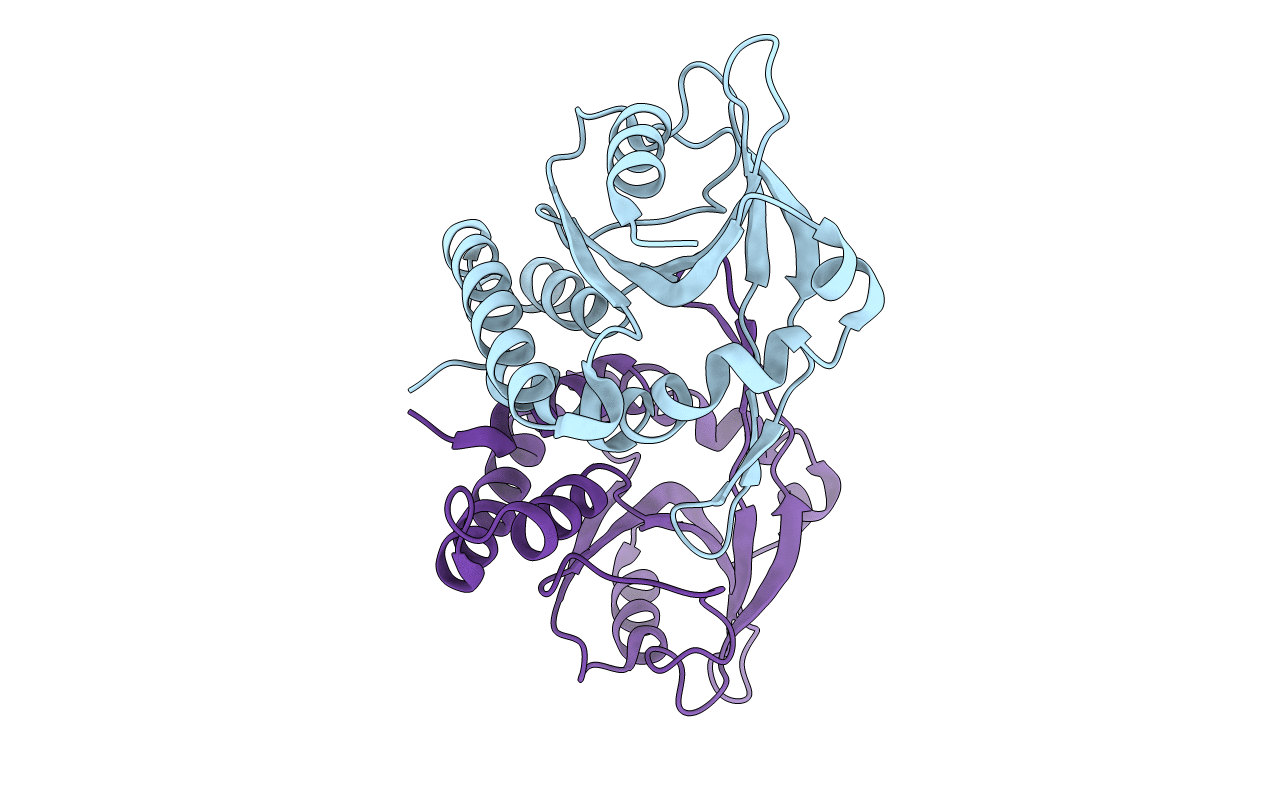
Deposition Date
2015-07-08
Release Date
2015-08-26
Last Version Date
2024-03-06
Entry Detail
PDB ID:
5CFO
Keywords:
Title:
Crystal structure of anemone STING (Nematostella vectensis) in apo 'rotated' open conformation
Biological Source:
Source Organism:
Nematostella vectensis (Taxon ID: 45351)
Host Organism:
Method Details:
Experimental Method:
Resolution:
2.10 Å
R-Value Free:
0.20
R-Value Work:
0.17
R-Value Observed:
0.17
Space Group:
P 31


